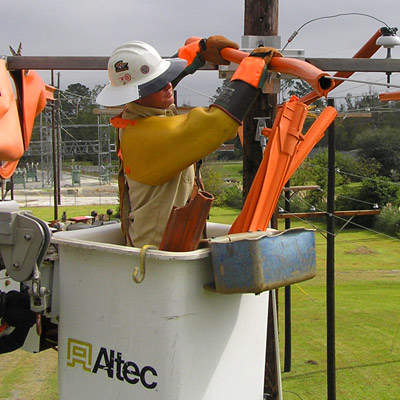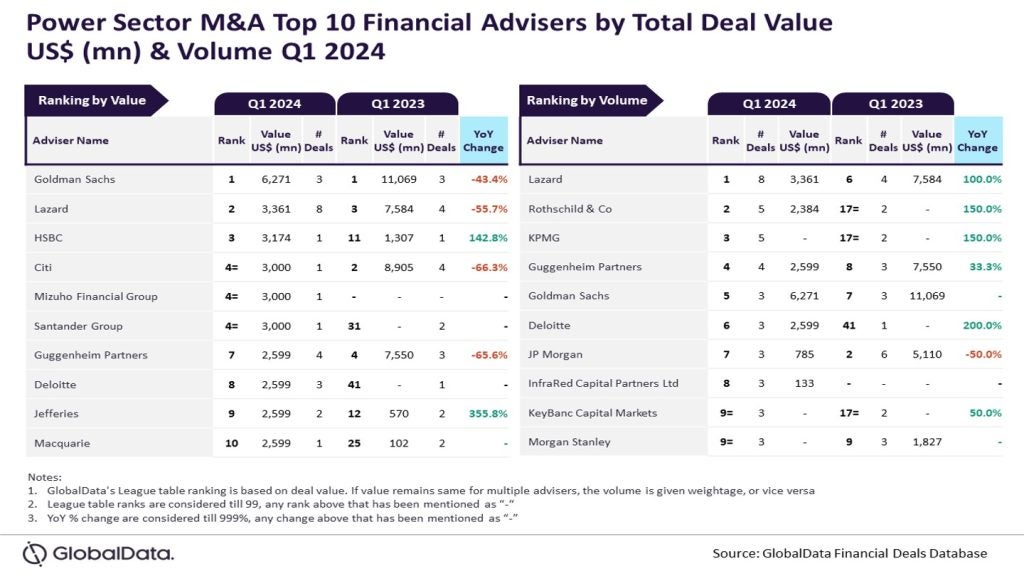In the utility space, the key to Augmented Reality (AR) is providing valuable insights by making the right data available to the right person at the right time and place in a manner that is simple and intuitive.
AR is a technology that superimposes digital information and media, such as 3D models and videos, upon the real world through Smartphone, tablet, PC, or connected glasses.
AR can be defined as a live, direct or indirect view of a physical, real-world environment whose elements are augmented or overlaid by computer-generated sensory input such as sound, video, graphics or GPS data.
AR may benefit investor-owned, municipal and cooperative utilities in improving business processes, speed power restoration and help address the challenge of an aging, retiring utility workforce facilitating the preservation of institutional knowledge.
According to industry experts, the energy and the utility sector are expected to spend more than $15bn annually by 2020 on AR technology.
In the long run, these emerging technologies – like AR, VR, AI, robotics and digital transformation – will bring an acceleration in revenue growth, increase organisations’ agility and improve risk management.
How well do you really know your competitors?
Access the most comprehensive Company Profiles on the market, powered by GlobalData. Save hours of research. Gain competitive edge.

Thank you!
Your download email will arrive shortly
Not ready to buy yet? Download a free sample
We are confident about the unique quality of our Company Profiles. However, we want you to make the most beneficial decision for your business, so we offer a free sample that you can download by submitting the below form
By GlobalDataThe utility industry faces some significant workforce challenges ahead as the baby boomers retire, which was highlighted by a 2017 Department of Energy utility workforce assessment.
Industry hiring managers often report that lack of candidate training, experience, or technical skills are major reasons why replacement personnel can be challenging to find—especially in electric power generation.
One of the use cases for AR is in employee training. 2D diagrams of complex components can be enriched with 3D models. Employees can rotate and interact with the 3D models to gain a better understanding of the equipment. This enables more in-depth training and faster information retention.
Another opportunity is to expedite equipment maintenance. With augmented reality, technicians in the field have immediate access to expert knowledge. They can access complete documentation for all the operation’s equipment on their tablets.
Technicians can overlay a 3D model on an actual piece of equipment. They may also view the internal components of a piece of equipment and explore its inner workings.
The Electric Power Research Institute is working with large utilities such as Duke Energy, Consolidated Edison, EDF, Korea Electric Power Corporation and others on how AR could fit into the industry’s workforce.
There are developments on different AR devices from Heads up displays (HUD), holographic displays, smart glasses to handheld/ smart phone based applications. There are also systems being designed that combine GIS technology with AR to display infrastructure such as pipes, lines, cables and other assets in-field and in real time.
It is expected that the utility segment can achieve a 15 -20% increase in efficiency with use of augmented reality.
AR also comes into play when a field technician is in place but lacks the knowledge, experience or access to data required. An AR-equipped mobile device or glasses would enable a subject matter expert to advise the field technician on what steps to take.
The technology also improves operational safety, allowing for better visualisation of underground assets and complex components, reducing accidents. Other specific use cases cited include supply chain logistics, asset location and inspection, remote assistance, visualisation of equipment and structures with layered data, visualisation of buried and other hidden assets and situational awareness.
There are various data sources that can provide feed to the AR systems. It may be through consumers through their mobile devices, unmanned aerial vehicle (UAV)/unmanned aerial system (UAS) along with UAV’s sensors, communication capabilities and on-the-ground or remote pilots.
Augmented reality (AR) and its variants virtual reality, assisted reality and mixed reality are set to take off in a big way and will bring in new value to the energy sector. The enterprise is ripe for disruption from AR, which promises to make workflows more efficient and safe and workers more productive. With systems and devices having reached an affordable price point, these solutions that enable knowledge-sharing, and make workplace productivity tools are great opportunities for investment on the technological front.










Related Company Profiles
Duke Energy Corp
Hud SA
Consolidated Edison Inc
Korea Electric Power Corp
Department of Energy, Odisha